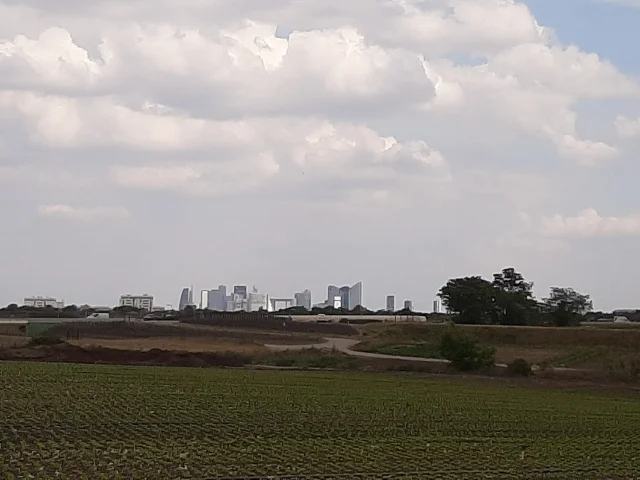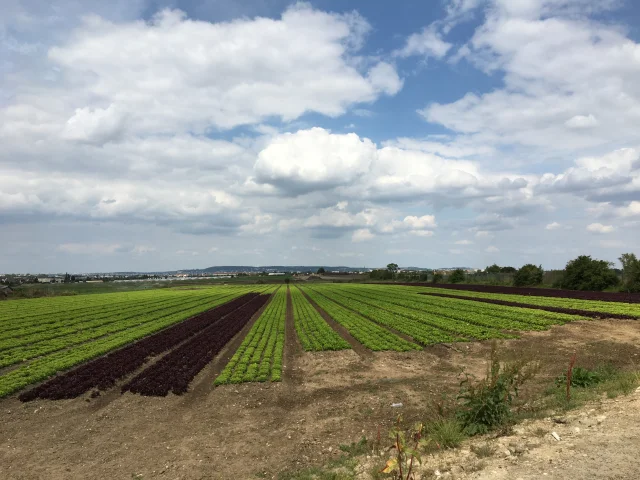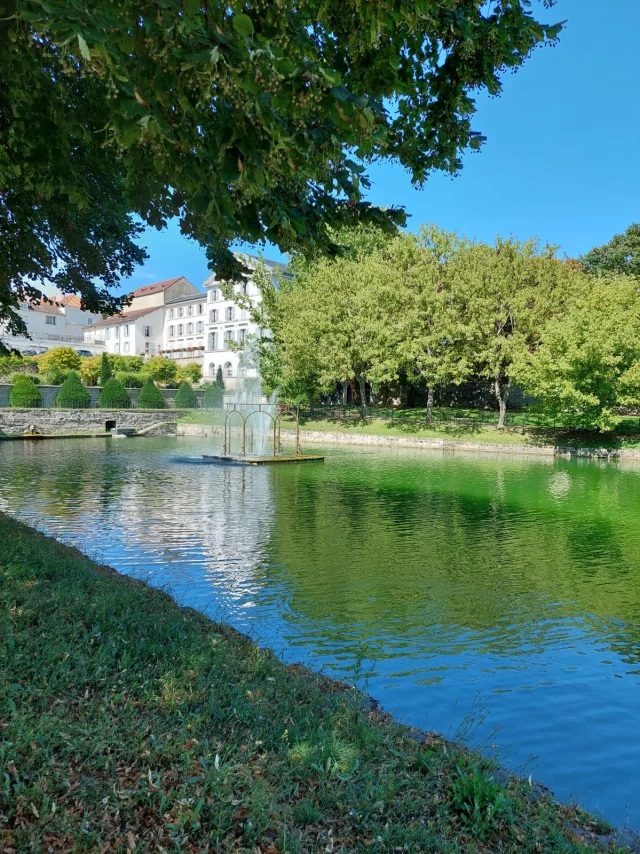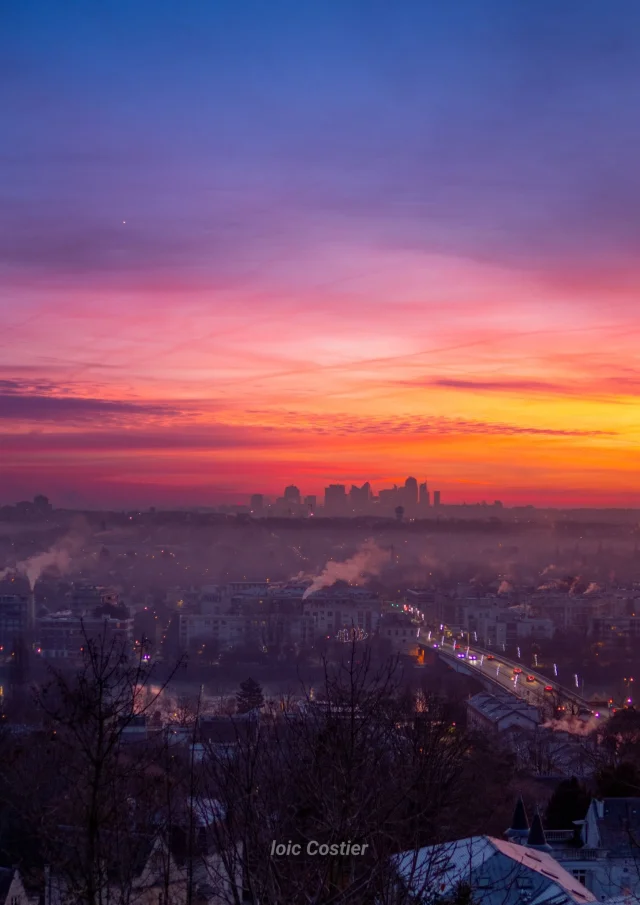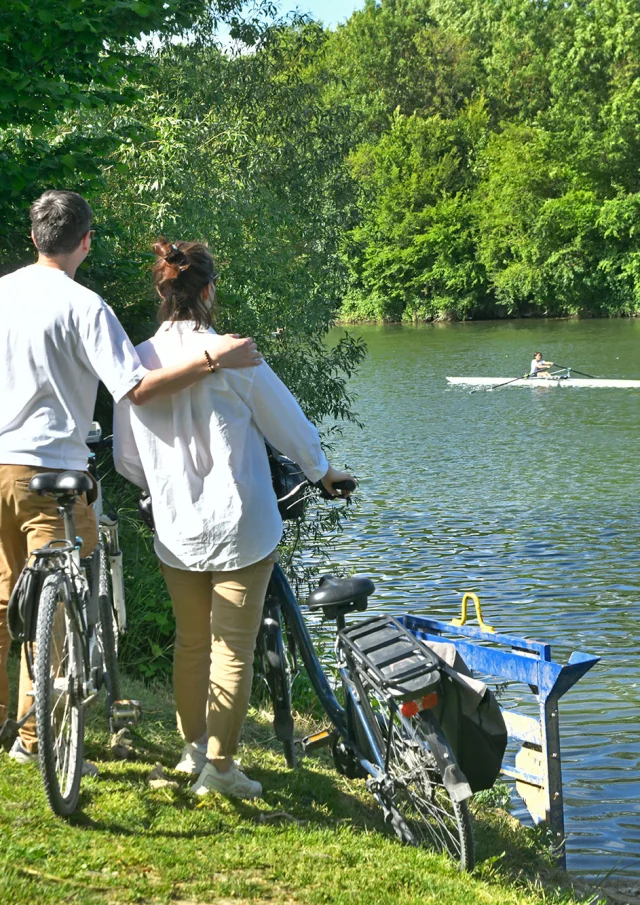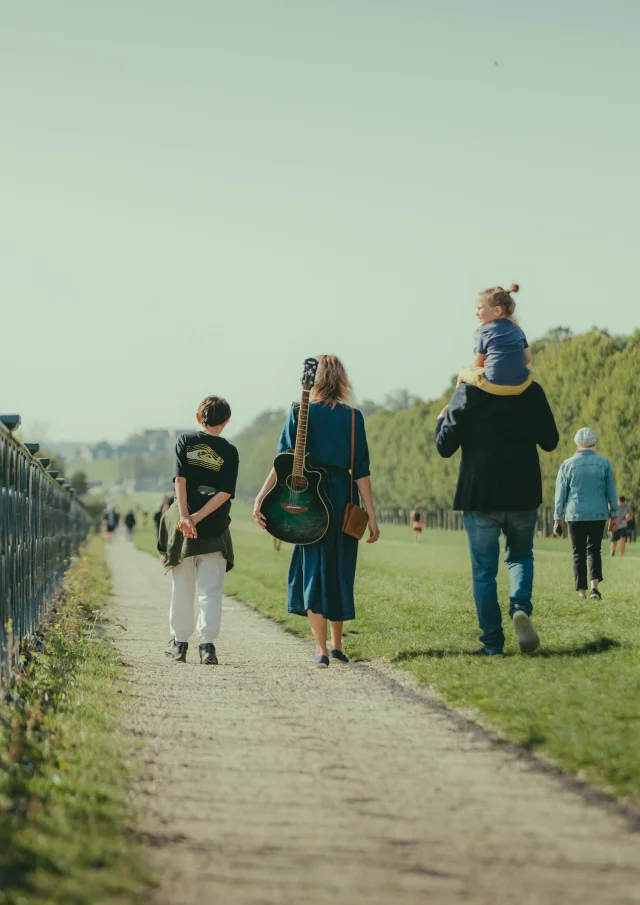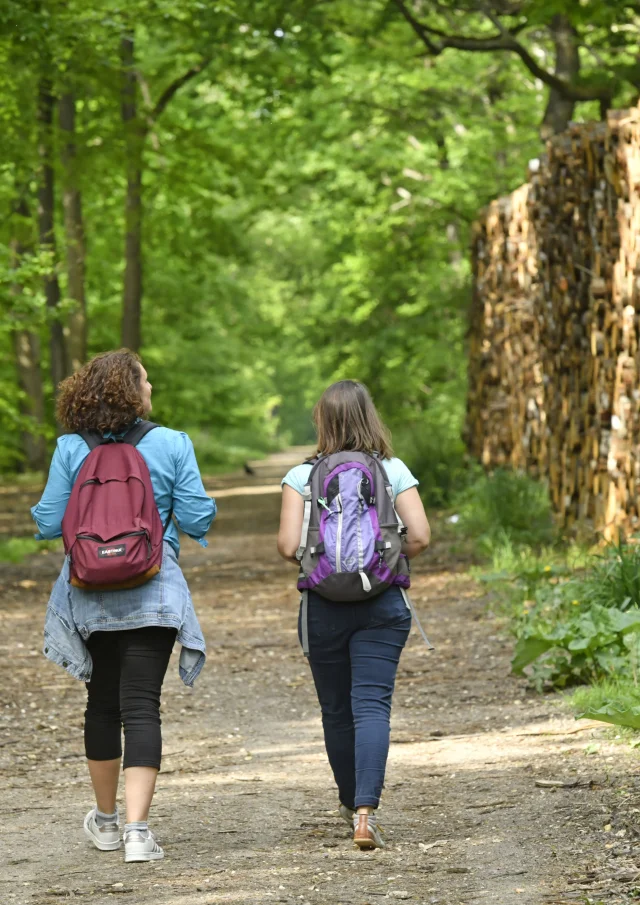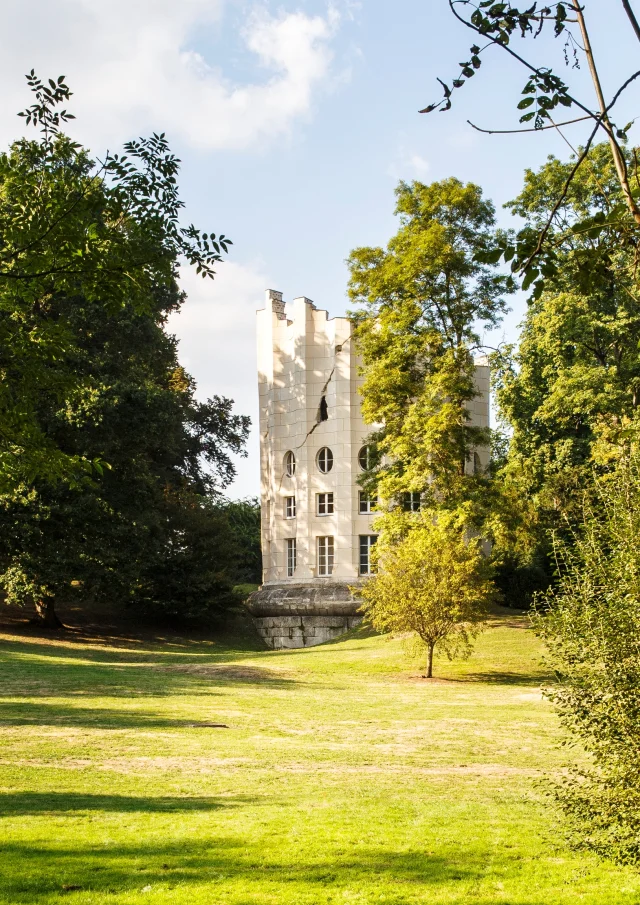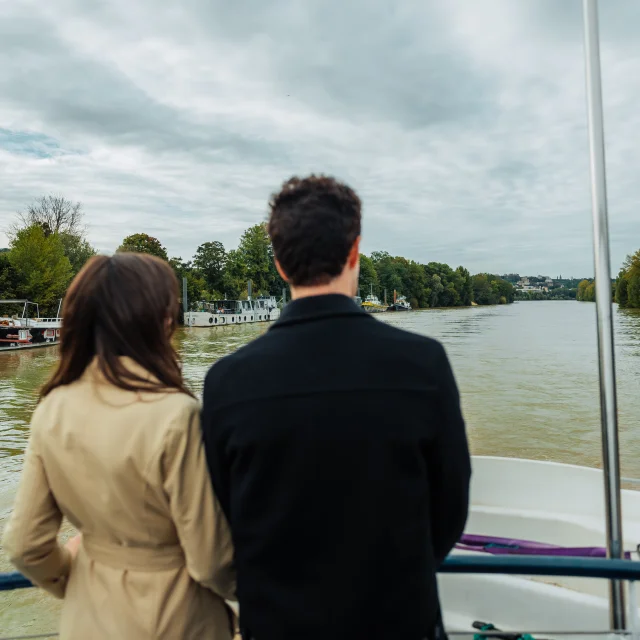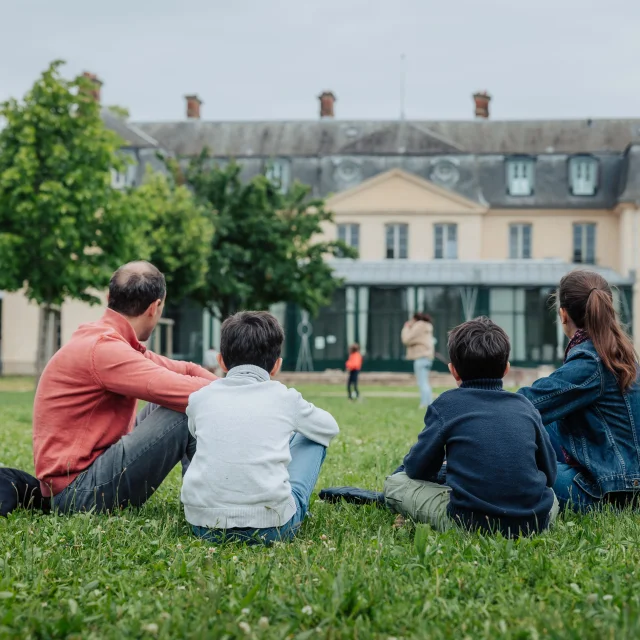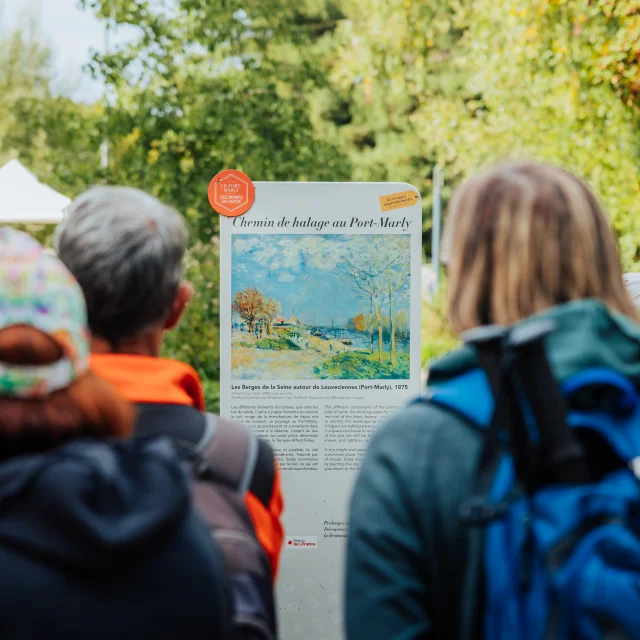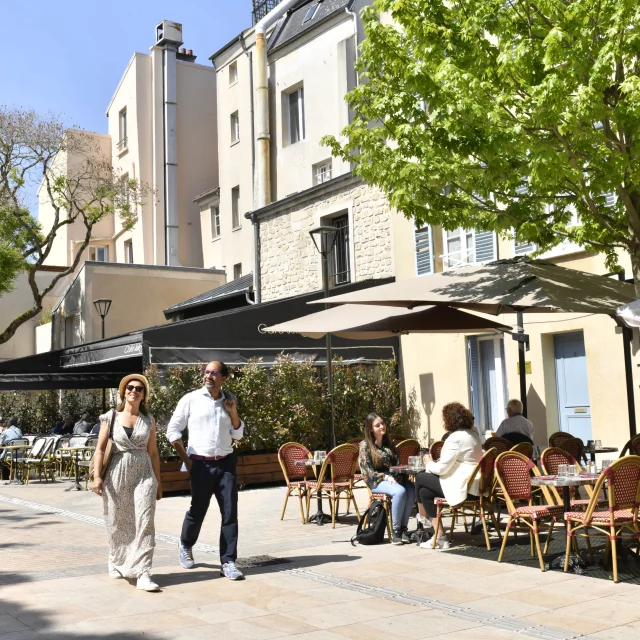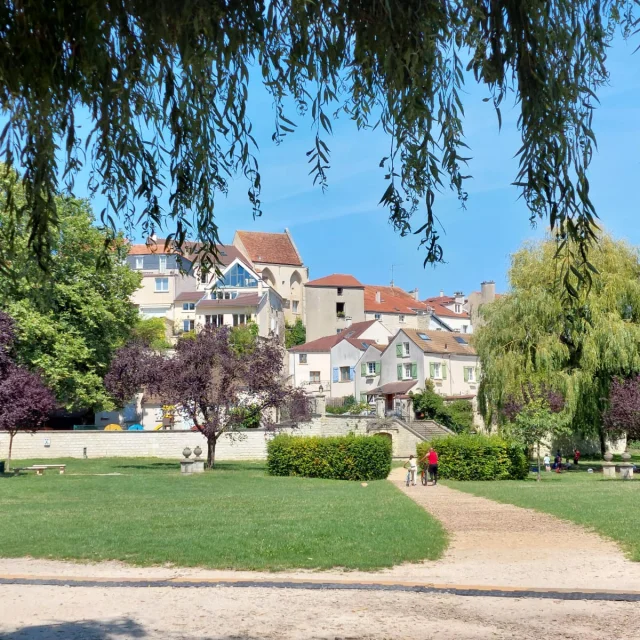 Parc de la Mairie Carrières sur Seine
Parc de la Mairie Carrières sur SeineThe plain on the water at Carrières-sur-Seine
Discover Carrières-sur-Seine on a rewarding walking tour that takes you through its medieval town centre, along the Seine towpath and through the picturesque landscapes of the plain on the water. This route allows you to discover the many facets of this town, combining history, nature and heritage. Here’s an overview of the key points of interest to discover on your walk.

